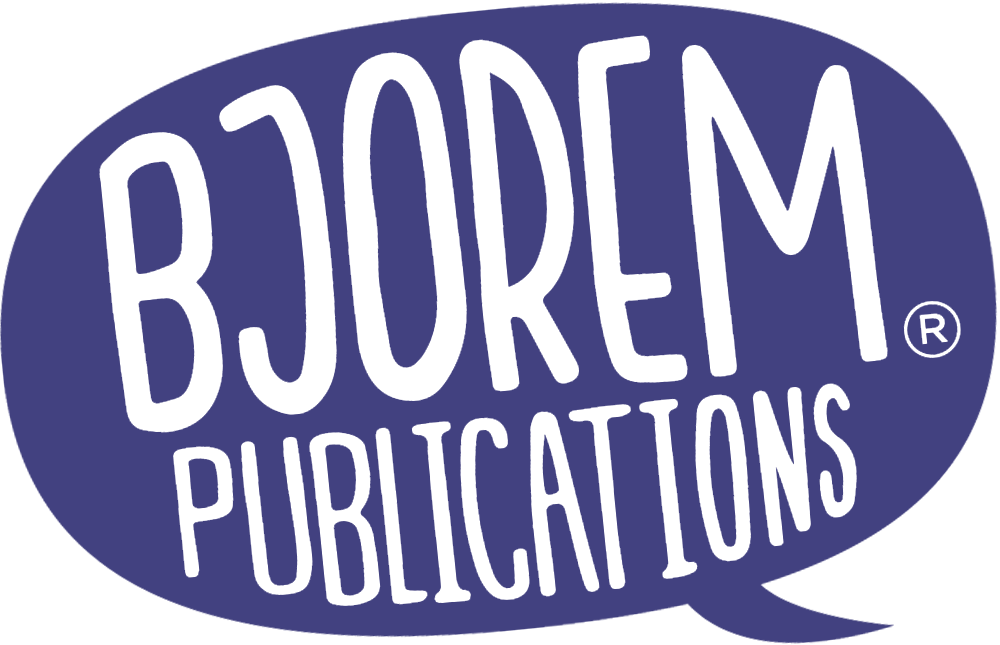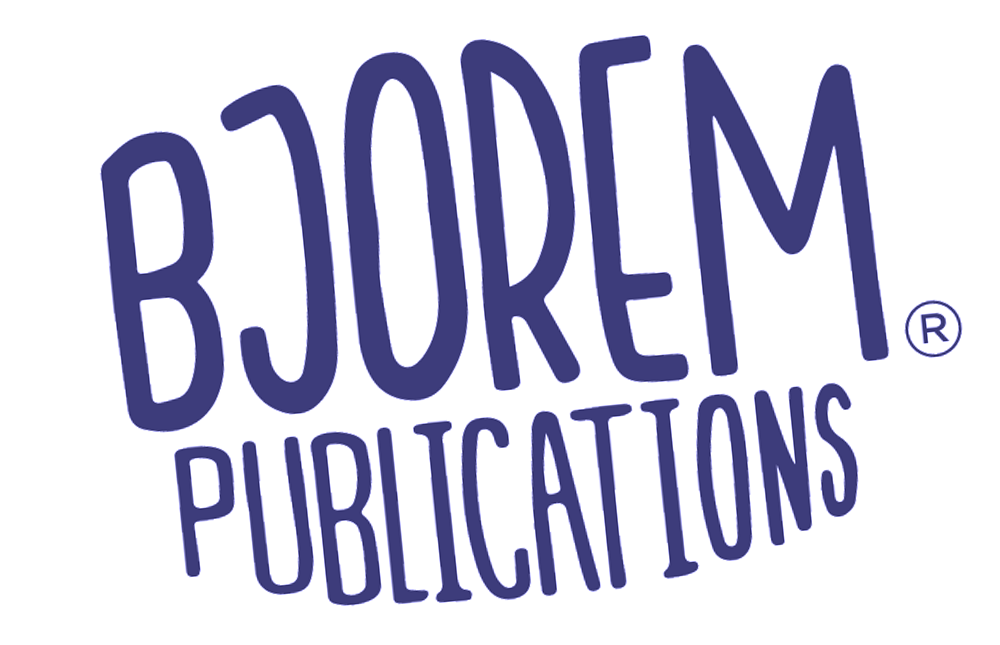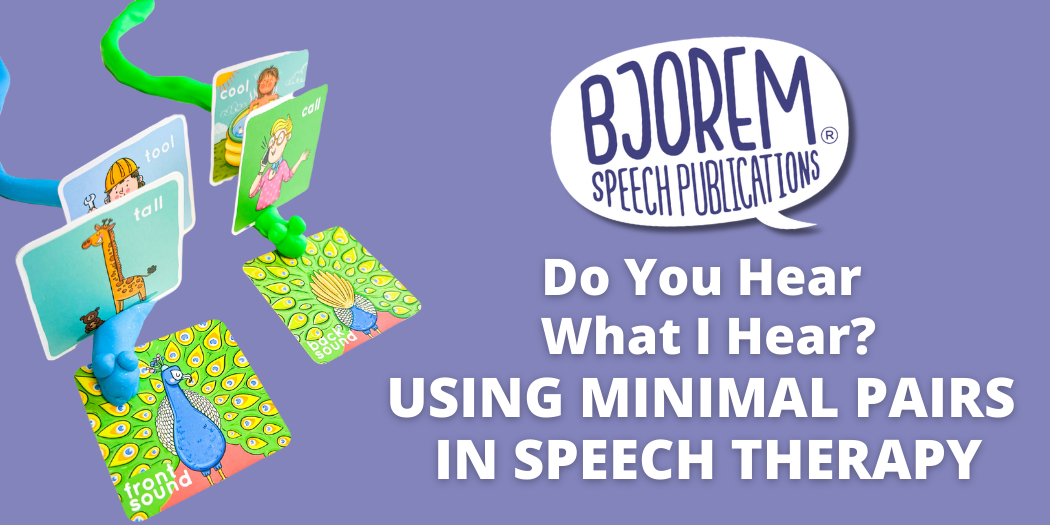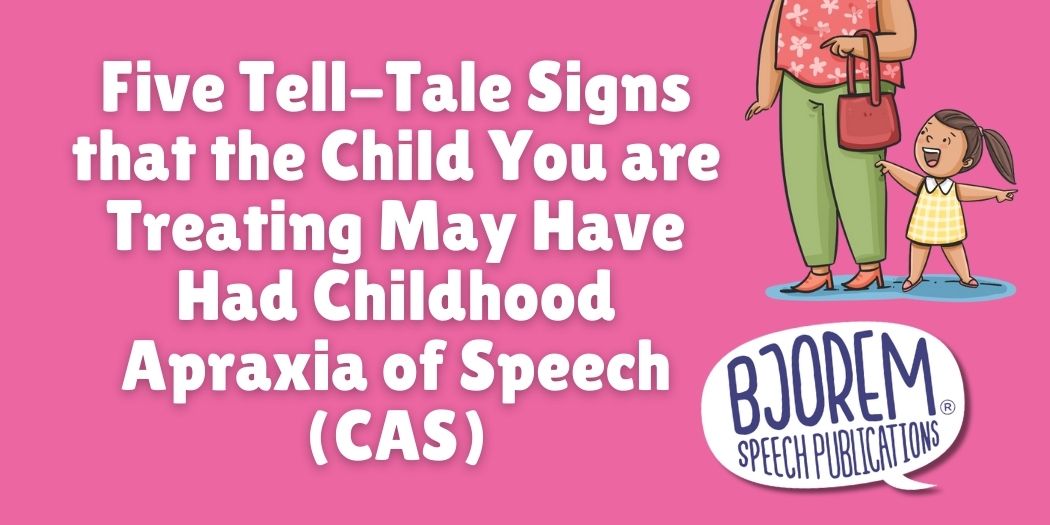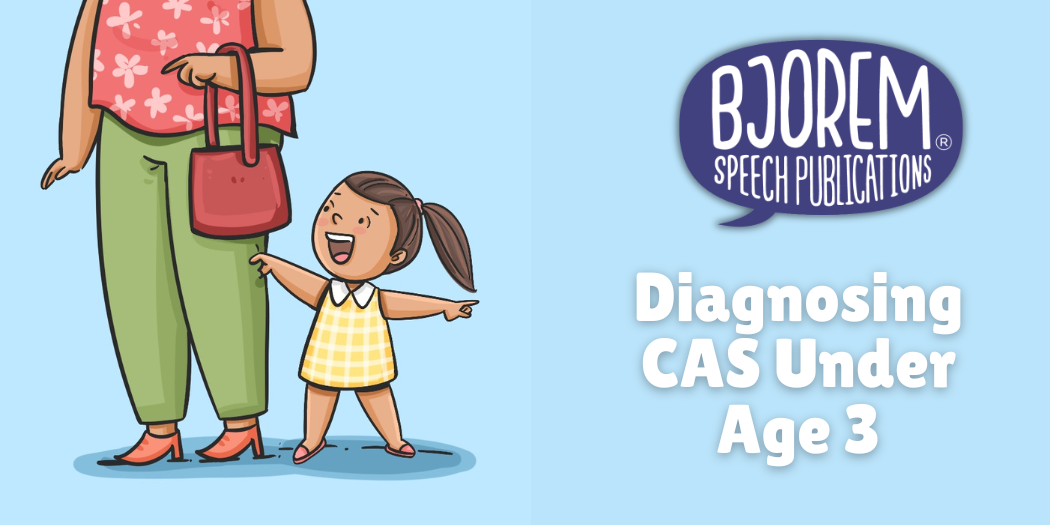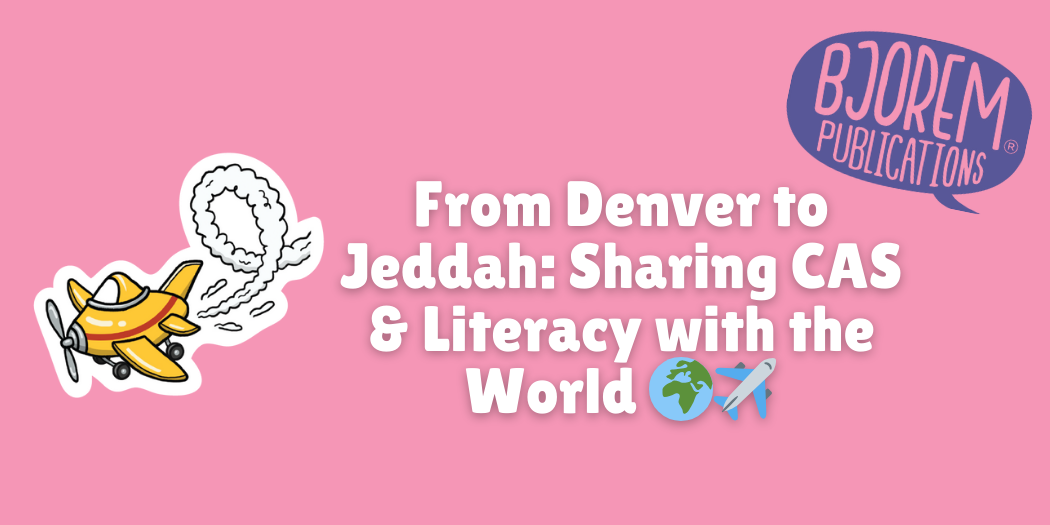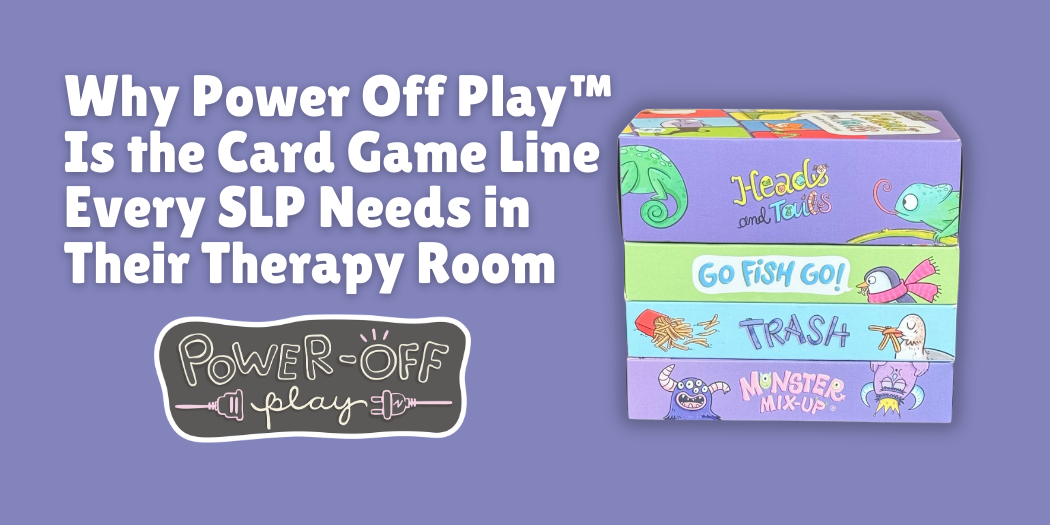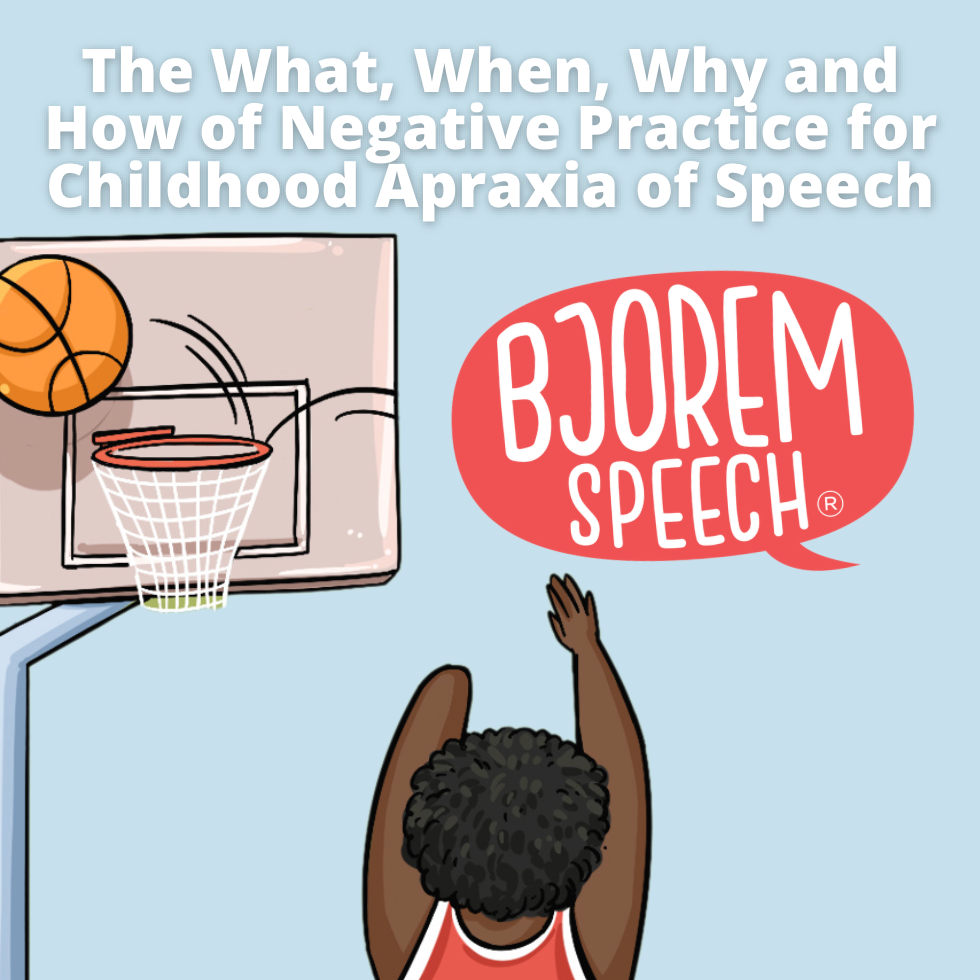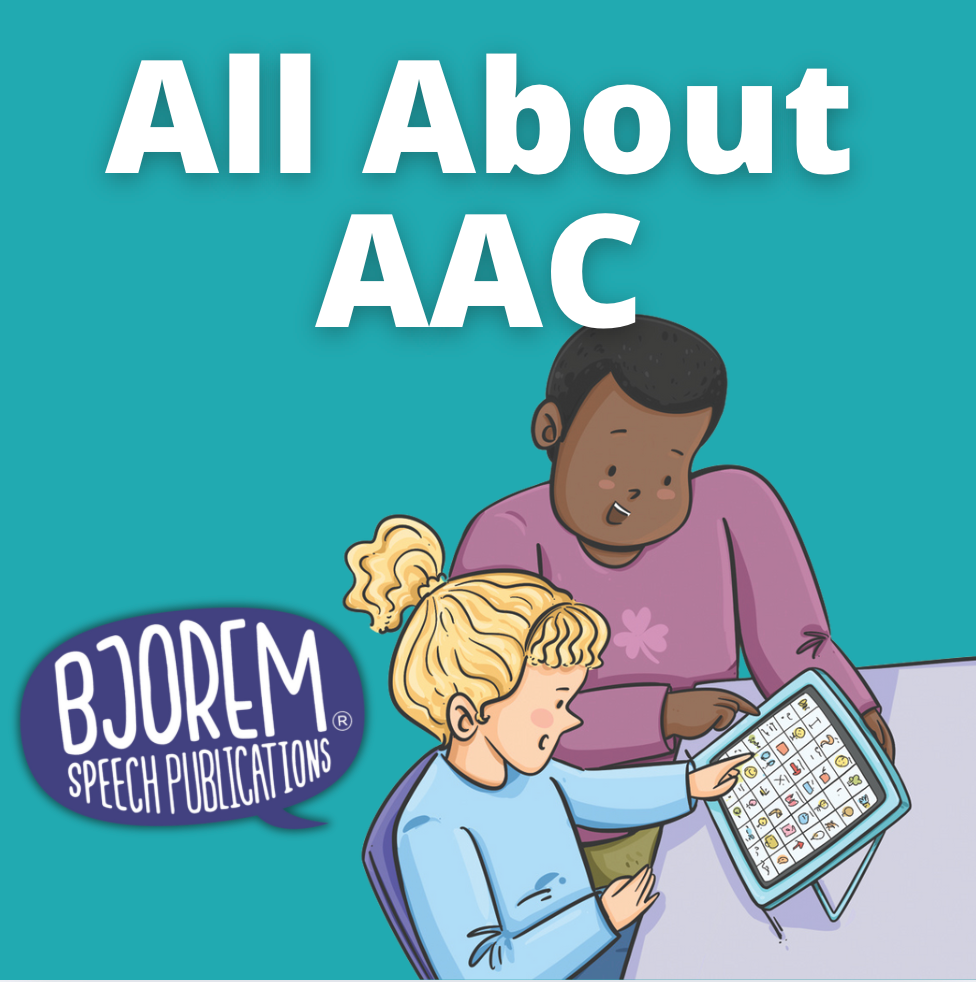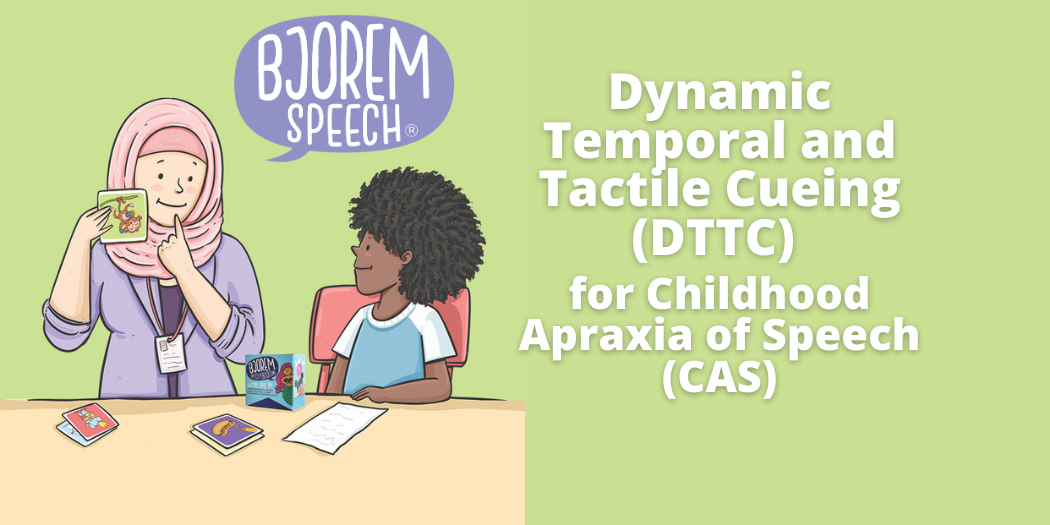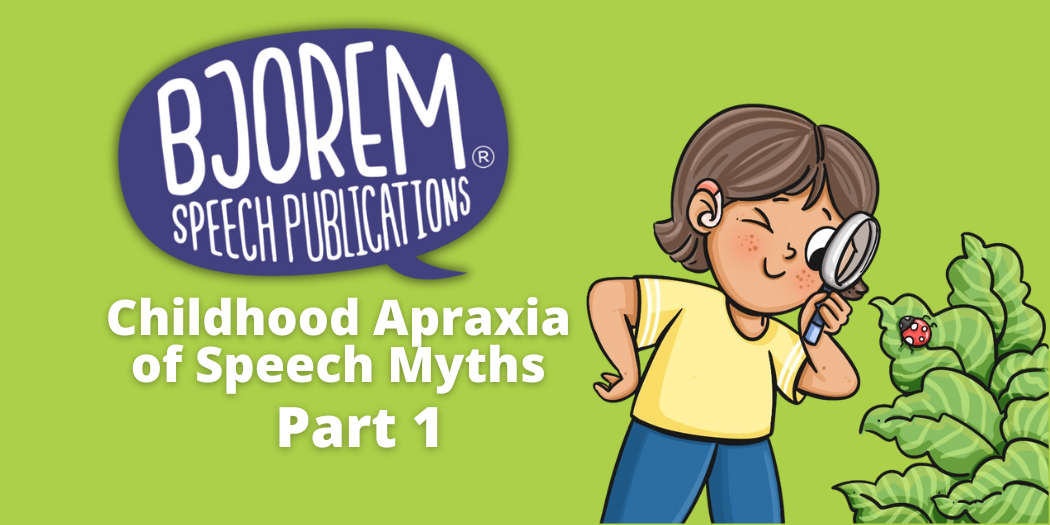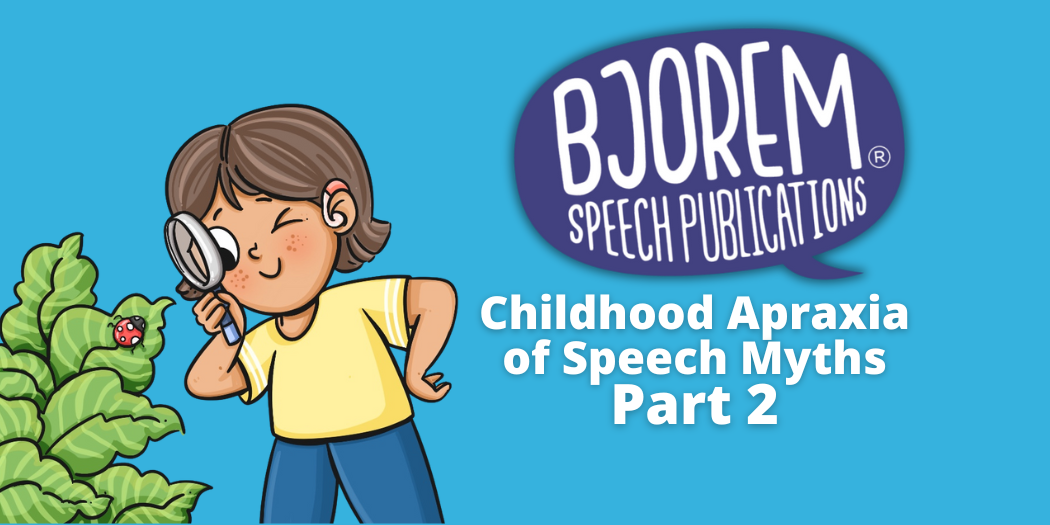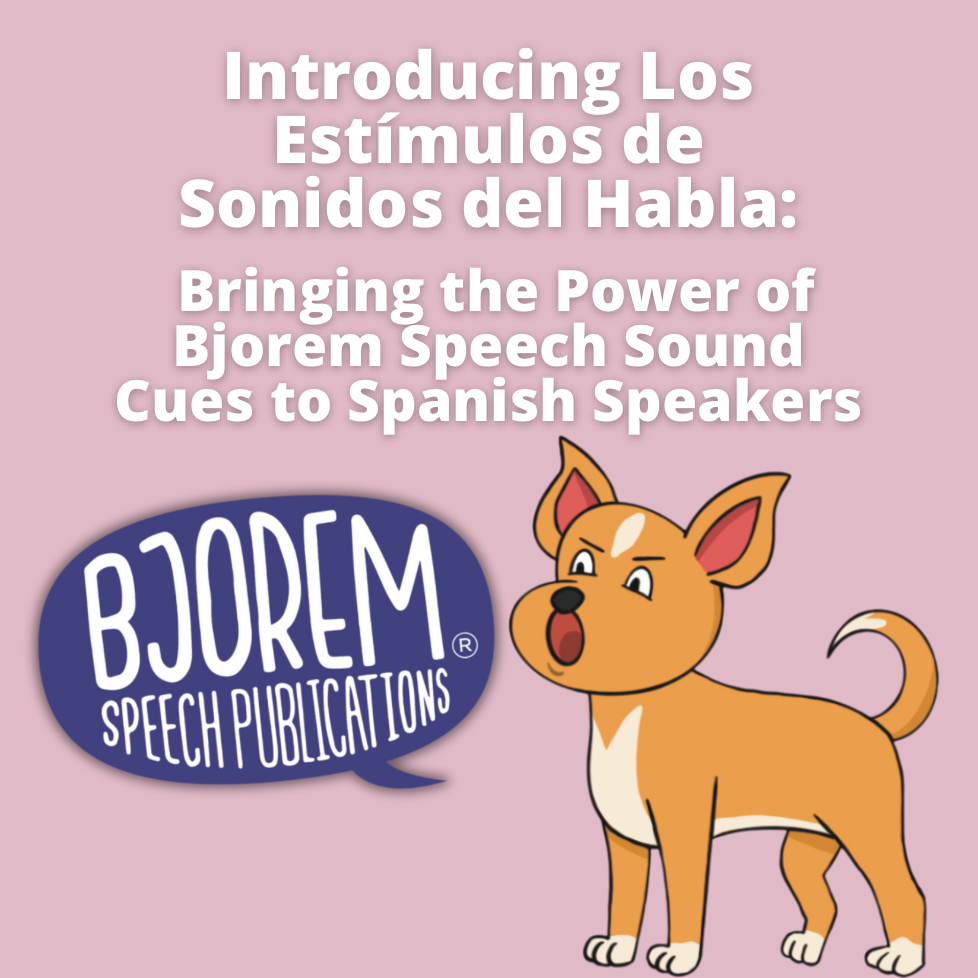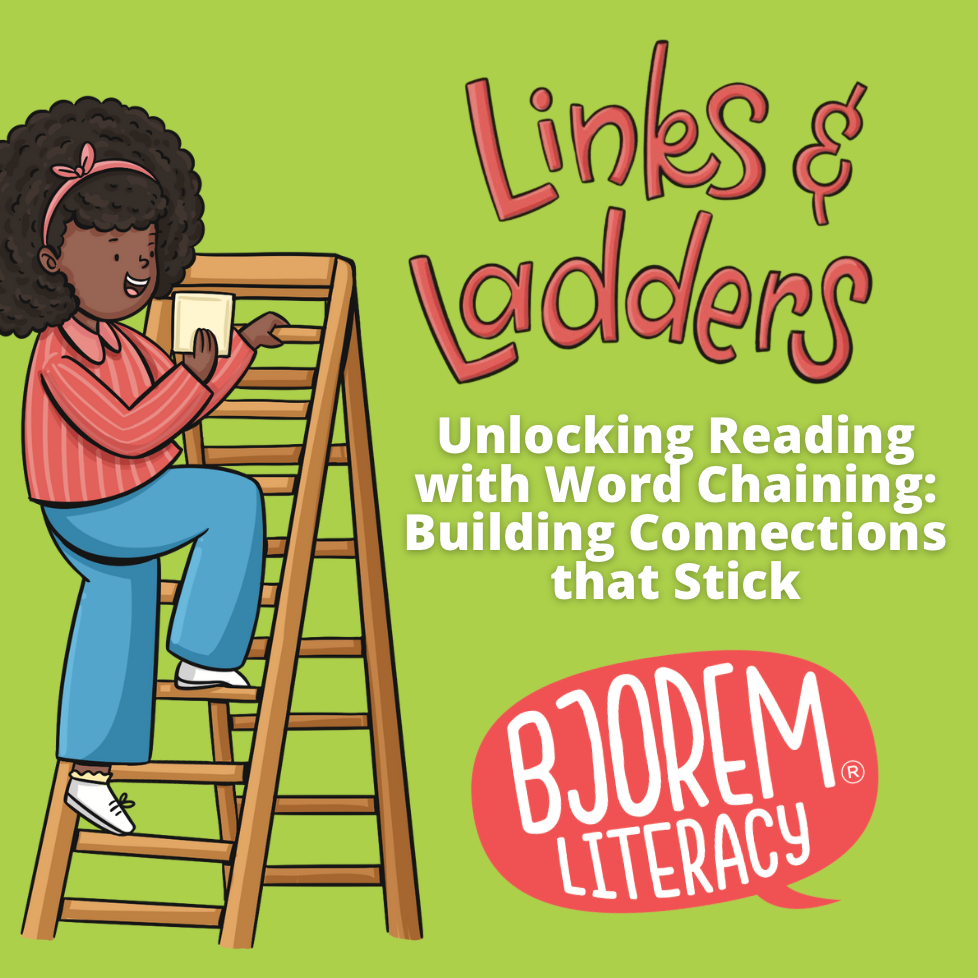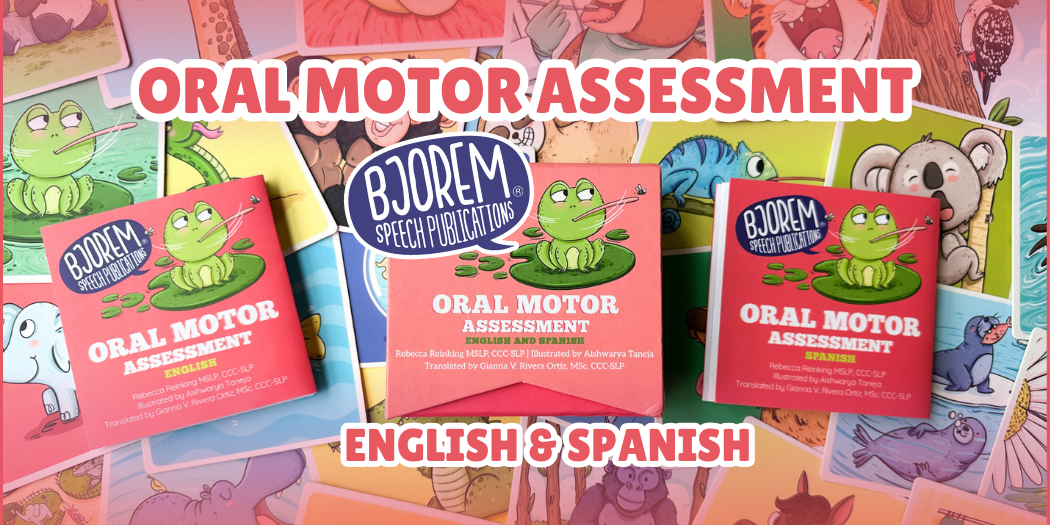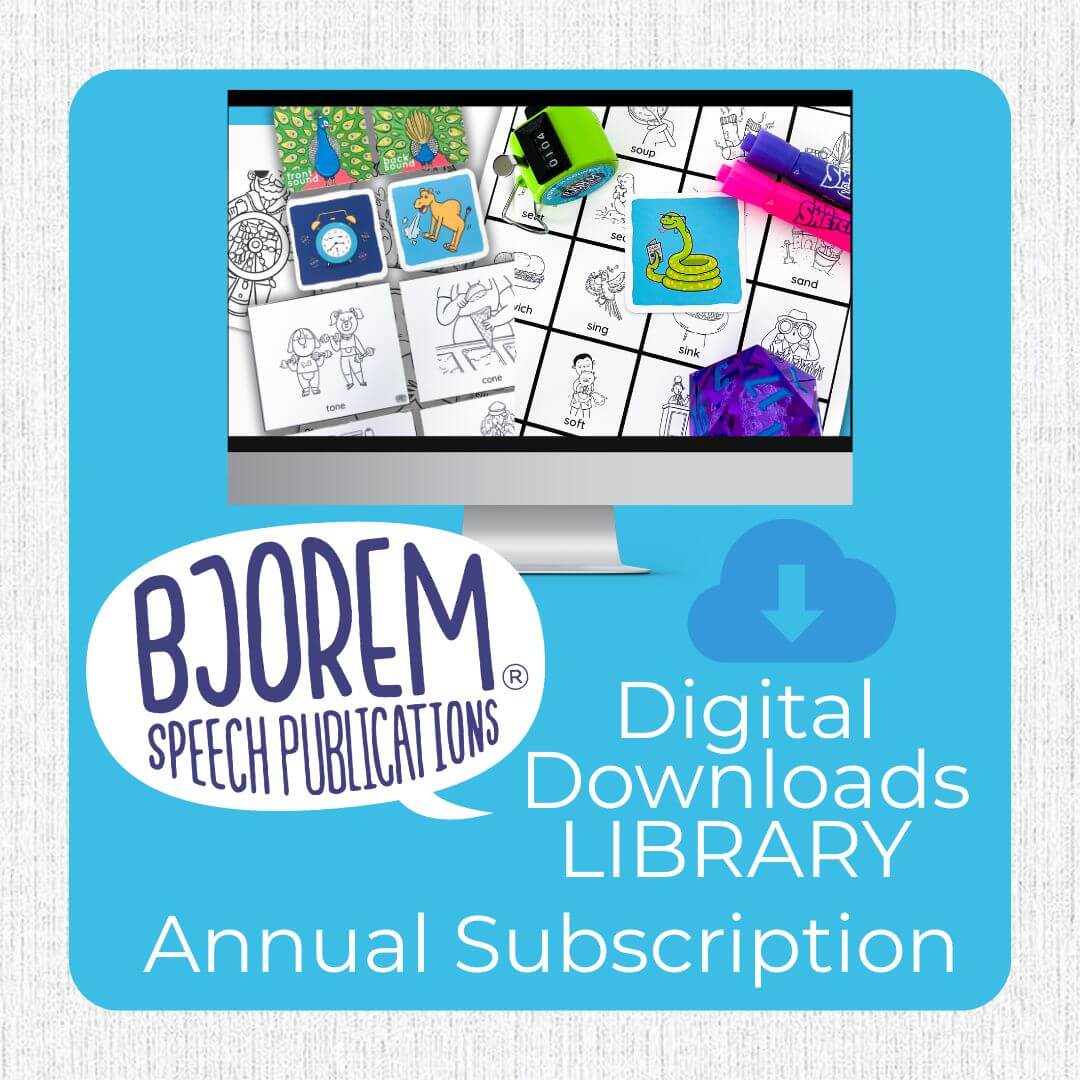If you are an SLP then you know how to work with minimal pairs (words that differ by only one sound), so here is a quick overview, and for parents, here it goes!
Using minimal pairs is an effective and quick way to help your child break their speech habit of substituting a sound for another sound (often seen with the phonological processes of fronting (/t/ for /k/ as in "tar" for "car") and stopping (/p/ for /f/ as in "pun" for "fun") or omitting the end sounds of words ("bow" for "boat"), etc. The goal of using minimal pairs is for your child to understand that how they say a word determines the meaning.
Level 1
Find photos of the target word and the pair online, you can find pictures already put together by searching “minimal pairs”. Take a look at all of our minimal pair decks available in our Bjorem Speech Minimal Pairs Bundle.
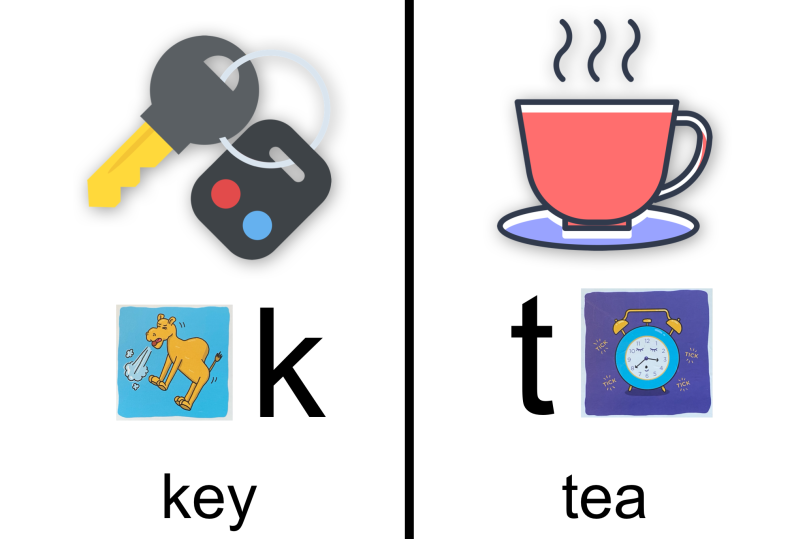
- Print and cut out pictures and organize them in pairs, you can also use real objects! (or use the cards we already have made for purchase!)
- Label the cards and have your child repeat after you so your child can memorize the correct labels for each picture (don’t focus on your child using the correct sound at this point).
- Next, you say the words and have the child point to the picture that matches your label (auditory discrimination). You can make this into a fun sorting activity using buckets, bins, hoops, play-doh, or just draw two different colored circles with the cue below them so the child can see which pile the card goes into.
- Use the cues in the Bjorem Speech Minimal Pairs Decks to help cue children and fade verbal cues, set the target cue next to the target picture and tap the cue.

(Pictured: Minimal Pairs: Fronting and Backing)
This activity is developing phonemic awareness and auditory discrimination skills. It is important that your child understand the difference between the two words before moving on (mix it up, be sure that your child understands the pictures- don't always do the "incorrect" word first!).
Once you have established about 80% accuracy for the child identifying the words as you say them, you are ready to move on.
Level 2
Gently tape or set the pictures (working in pairs) on the bottom of an upside-down bowl or cup and place a highly desired object (sticker, penny, M&M, etc.) under one cup (75% of the time you want to put the object under the word with the target sound, or the sound you want them to produce).
Now, have the child verbally guess (by labeling the picture) which cup the object is under (cue: “using only your words, guess where the sticker/M&M/etc. is”). Don’t let them pick up the cup, or point. They must indicate their guess verbally.
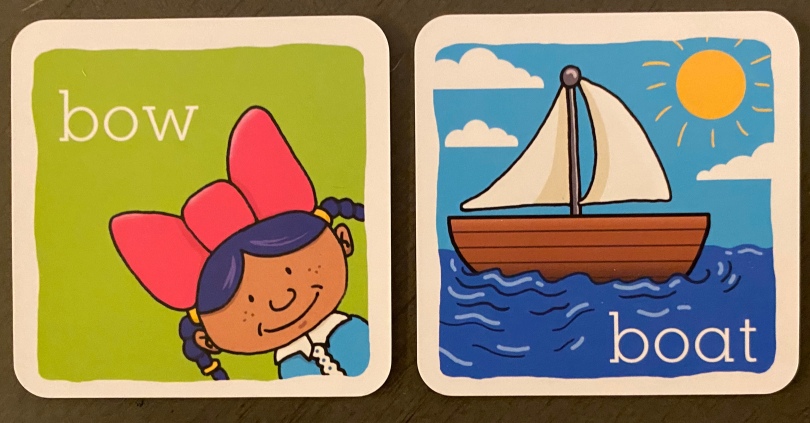
You only pick up the cup/bowl that directly matches the word your child said, for example – even if they mean “boat” but say “bow,” you pick up “bow.”
- As they repeat “bow, bow, bow” for “boat” you keep picking up “bow,” but you can cue them by saying “do you mean boaTTTT?” (exaggerating the target sound) – this cues the child to use the target sound – and give them another try (in the beginning stages, if they say “boa-t” you can pick up “boat”). Specific feedback is very important, we use the Bjorem Speech Sound Cues for added visual cues for feedback – ex: “I heard you make the “tick tock sound” /t/ sound at the end, that let me know you meant “boat!”
- Allow your child to be the teacher too! They can hide the object for you – the modeling of correct production of the target sound/word is very valuable and it is fun to test with a wrong production to see if they catch it!
To help pull back from verbal prompts, using visual cues such as our Bjorem Speech Sound Cues, work really well.
